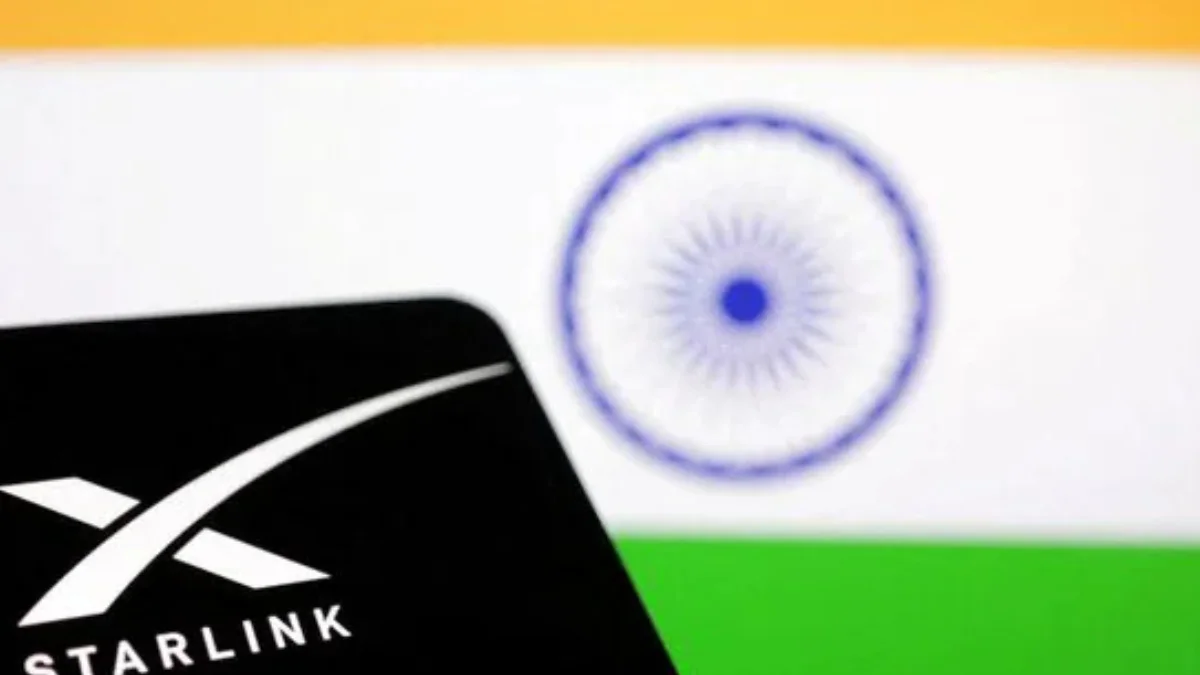Necessary Always Active
Necessary cookies are required to enable the basic features of this site, such as providing secure log-in or adjusting your consent preferences. These cookies do not store any personally identifiable data.
|
||||||
|
||||||
|
||||||
|

Elon Musk’s satellite internet company has taken a major step toward launching services in India. According to The Mint, Starlink will use Aadhaar’s eKYC for customer verification, marking a significant milestone in the company’s Indian market entry strategy.
This partnership with India’s national identification system shows Starlink’s commitment to following local regulations. The move comes after months of discussions with Indian authorities about service requirements and customer onboarding processes.
A statement was quoted, which said, “The Unique Identification Authority of India (UIDAI) has onboarded satellite-based internet provider Starlink Satellite Communication Pvt Ltd. Starlink will use Aadhaar Authentication for customer verification, which will make the entire process smooth, secure and very easy.”
Starlink partnered with UIDAI for Aadhaar authentication, creating a streamlined verification system for Indian customers. The Unique Identification Authority of India (UIDAI) manages the world’s largest biometric database with over 1.3 billion registered users. Though Starlink has limited its user base to 20 lakh subscribers for INR 3,000 per month
This collaboration allows Starlink to verify customer identities quickly and securely. The process eliminates the need for physical document submission and in-person verification visits. Customers can complete their registration entirely online through the Aadhaar system.
The partnership demonstrates Starlink’s willingness to adapt to local requirements. Many international companies struggle with India’s complex regulatory landscape. Earlier this month, the government also confirmed that Starlink will store its data locally to abide by the Indian laws and secure the Indian citizens.
The new system makes Starlink onboard customers via Aadhaar remarkably simple. Users only need their Aadhaar number and registered mobile phone to begin the verification process. The entire procedure takes just a few minutes to complete.
Traditional satellite internet services often require weeks of paperwork and multiple office visits. Starlink’s digital approach cuts this timeline to mere hours. Once verified, customers can order their satellite dish and begin using the service immediately.
Starlink’s onboarding system in India with the UIDAI Aadhaar also reduces fraud and ensures compliance with government regulations. Every customer must provide legitimate identity proof before accessing the network.
The statement also said, “Starlink’s onboarding with Aadhaar authentication signifies a powerful synergy: India’s trusted digital identity joining hands with global satellite technology. Aadhaar e-KYC will facilitate the onboarding of users seamlessly, ensuring compliance with regulatory requirements while delivering high-speed internet to households, businesses, and institutions.”
This verification system addresses several challenges specific to the Indian market. Rural areas often lack reliable internet connectivity, making traditional verification methods difficult. The Aadhaar system works even in remote locations with basic mobile connectivity.
Aadhaar e-KYC for Starlink subscribers also helps the company meet regulatory requirements for foreign telecommunications providers. Indian law requires strict customer identification for all internet services. The Aadhaar integration ensures full compliance from day one.
The system also prevents multiple subscriptions under false identities. Each Aadhaar number can only register for one Starlink account, maintaining fair access policies.
The Aadhaar integration represents a successful navigation of India’s telecommunications regulations. Many global tech companies have faced difficulties entering the Indian market due to complex compliance requirements.
Starlink’s proactive approach to working with existing systems shows maturity in international market entry. The company learned from challenges faced by other foreign telecommunications providers in India.
This partnership could serve as a model for other international companies seeking to enter the Indian digital services market.